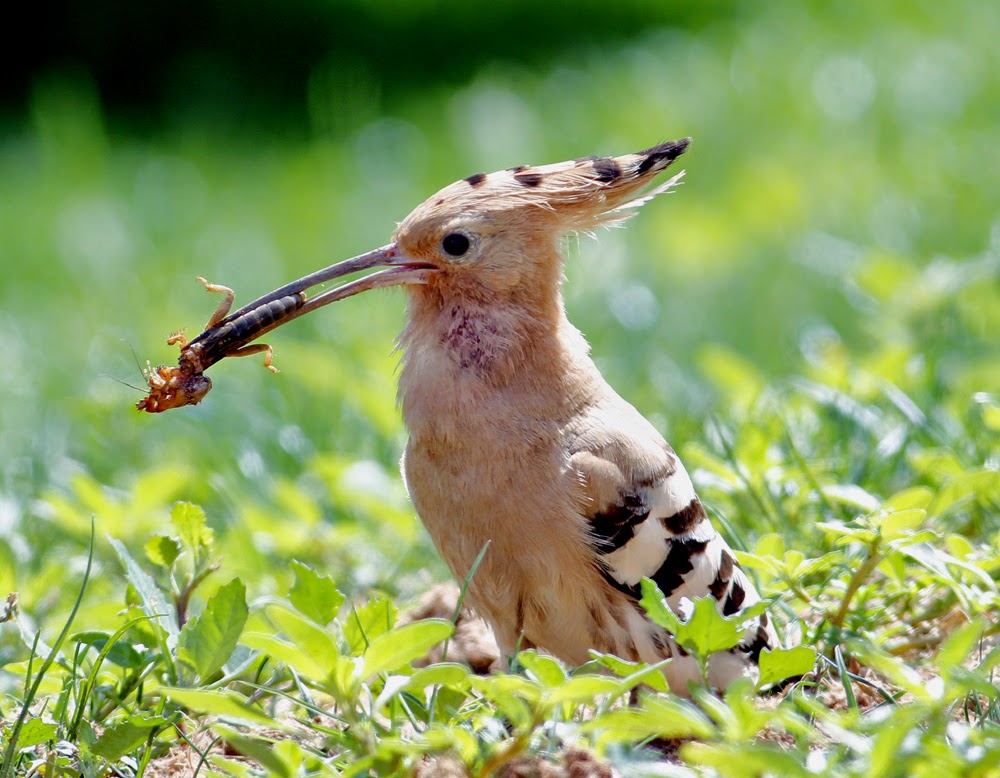Two weeks in Menorca have flown by with just a rehash of old pictures and pre-scheduled postings for regular blog readers, a lapse for which I apologise. But blogging cannot be a priority when faced with Mediterranean sunshine, places to see and birds to find. So after returning home on Friday I found time to reinvigorate the blog with hopefully a return to near normality. Soon I’ll hit the local patch here in Lancashire again but in the meantime here are some fresh photos from Menorca 2015.
We based ourselves on the south coast of the island at our preferred resort and favoured hotel where familiar and friendly faces gave the customary Menorcan welcome of hugs and kisses. No wonder we return year after year to this beautiful island. The early season beach was deserted, the sky as blue as can be with familiar birds around the beach and the hotel grounds.
Kestrels in Menorca seem much darker than our own, as do the Woodpigeons, Goldfinches, Linnets, Chaffinches and Greenfinches, and one or two other species. It must be something to do with all that sunshine. Taking pictures of the finches is well-nigh impossible after Mediterranean Man’s preference to see and hear the birds in cages.
Kestrel
Newly arrived House Martins were busy collecting strands of sticky, wet seaweed from the beach to use in repairing last year’s nests near the hotel entrance.
The common lizard seen all over the island is the Italian wall lizard Podarcis siculus although they do not easily pose and run for cover if approached, even in the hotel garden.
From the beach bar it’s possible to make friends with one or two Audouin’s Gulls which reappear about 1st May to take advantage of the goodies on offer from the early tourists. Gulls are the same the world over in learning to adapt to man’s waste and untidiness except that this particular rare and endangered gull is especially beautiful. The gull presents something of a challenge to anyone with a camera in capturing the bill of many shades of red in the strong light of a Menorca day.
Normally there are lots Spotted Flycatchers nearby, our early May visits coinciding with the species main migration time. Not this year, whereby the species seemed rather absent, perhaps early, late or just in smaller numbers from their wintering grounds in southern Africa.
Too soon our first day was all but over with just the Scop’s Owls to entertain us as they always do, regular as clockwork. It’s just a shame that Canon’s red-eye reduction system not doesn’t quite live up to the claim on the box. Not with owls anyway, but we’ll try again tomorrow night.
Scop's Owl
There will be more from Another Bird Blog in Menorca soon when we hit the road in our little Panda.
Also, there’s news from the local patch just as soon as I recover from Mediterranean sunstroke.
Linking today to I'd Rather-b-Birdin and Eileen's Blog.
Menorcan Panda
Also, there’s news from the local patch just as soon as I recover from Mediterranean sunstroke.
Linking today to I'd Rather-b-Birdin and Eileen's Blog.




































































.jpg)












